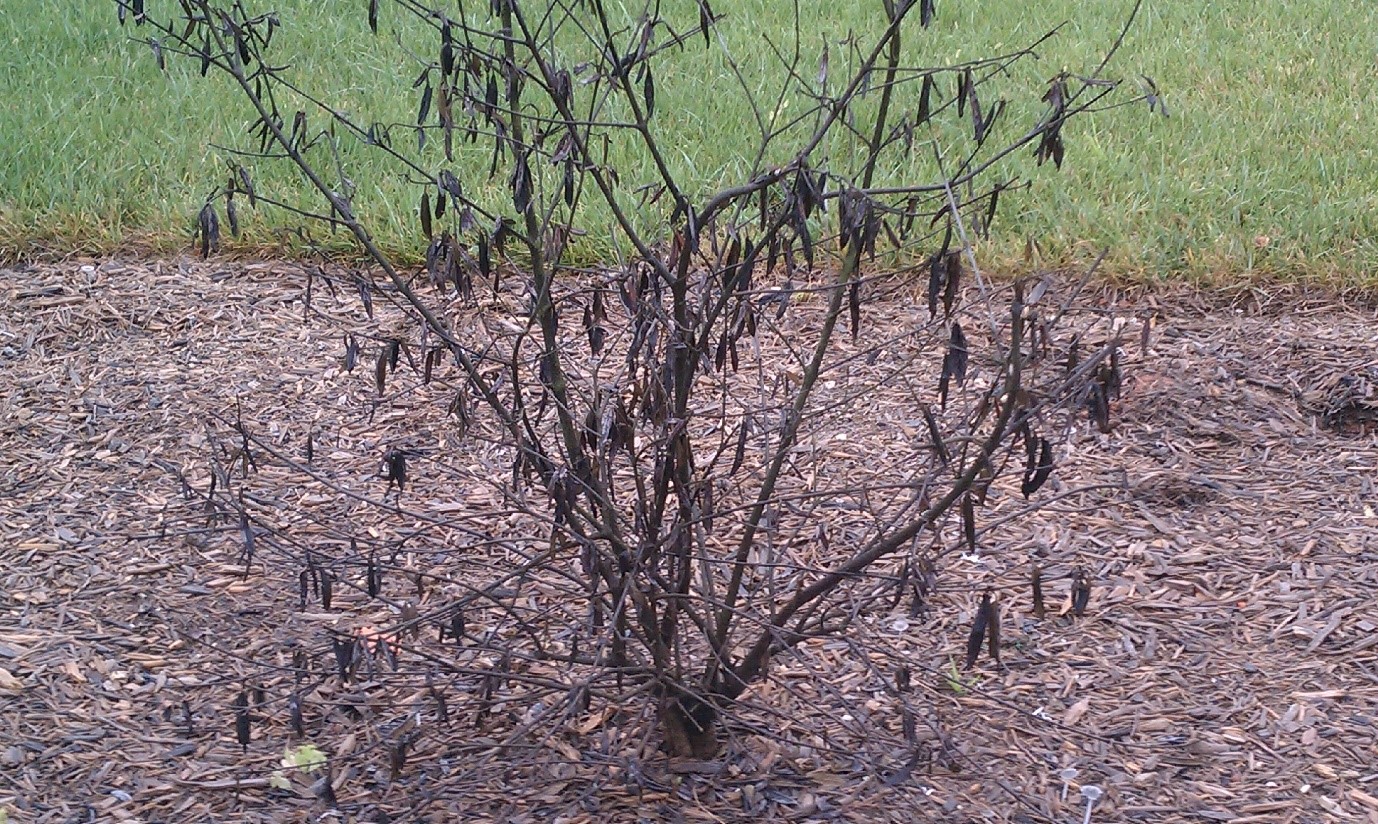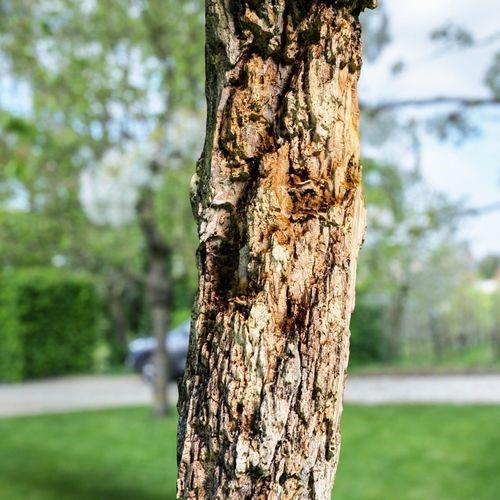
You might think it’s obvious when a tree or shrub has died but it’s not always that easy to tell. There is a simple way to test if you think a plant is dead.
You’ll need to carry out the scratch test on tree shoots and shrubs with a small knife or your nail. If you uncover green underneath the bark, your tree is alive but if you find brown then chances are it’s dead. Living shoots will have a firm and smooth-feeling bark, whereas dead shoots could be dry, flaking and peeling.
If you find shoots are dead at the tip, try the test again on a thicker part of the bark to see if that is also dead. If most of the upper parts of a plant or tree are brown underneath, then it’s most likely the whole plant has died.

Finally, scratch or scrape the bark of the main stem on the roots or just below the soil line. If you find that roots are rotting or soft, then you can be fairly certain that your plant is dead. Seek the advice of a Tree Surgeon Dorset, like Keiran Boyland Tree Services.
If you do find some green areas, you could try leaving the plant for a couple of months or until springtime to see if it perks up at all. If they continue to decline, then it’s best to consider removing them altogether.
What are the common reasons trees and shrubs fail?
Unfortunately, despite our best efforts not all new plants and trees thrive in our gardens. Buying your plants from a good and reputable nursery that offers a guarantee is beneficial, but sadly not enough sometimes. It can be useful to find out why a plant has failed to avoid it happening again. Some reasons can be specific to whether it was potted or planted, while other reasons are far more general.
A large shrub or tree can be more prone to failing due to the size of the roots compared to the top growth. One way around this is to only plant larger species where there is a specific requirement, such as privacy and keeping them well-watered for a few seasons after planting.
The type of species also affects success rates. Some plants are happy virtually anywhere, whereas others will deteriorate without the proper environment. Before choosing plants, check their preferred soil, the amount of sun or shade required and position it accordingly.

Damage from the elements
A sudden change in environment is also not good for many plants and trees. Moving from a nursery to a garden for example, can make plants susceptible to sun, cold and windy conditions. Unless you’re confident about where the plant was growing prior to purchase, it’s a good idea to harden it for several days before exposure by keeping it outside in a sheltered spot. Other reasons for failure include established trees succumbing to a disease in the soil or significant environmental stress.
